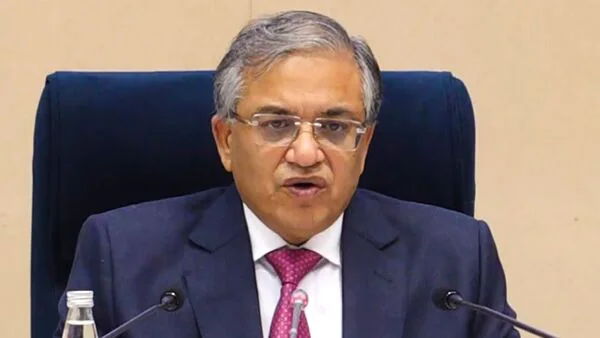On 8 November 2016, the Indian government withdrew the legal tender status of ₹ 500 and ₹ 1,000 notes in a surprise move intended to curb black money and push the economy towards a less-cash paradigm. Despite that, data from the Reserve Bank of India (RBI) reveals that currency held by the public has soared to all-time highs – a phenomenon that continues to puzzle policymakers, economists and the public alike.
According to multiple sources, the “currency with public” metric, which measures banknotes and coins minus cash held by banks, rose from around ₹ 17.97 lakh crore on 4 November 2016 to approximately ₹ 30.88 lakh crore by October 2022 an increase of around 72 %. More recent figures indicate that this upward trend has continued, in spite of surging digital payments and policy efforts to discourage high-cash transactions.
Economists point to several factors behind this paradox: first, cash remains the preferred medium for low-value daily transactions in large segments of the economy where digital penetration is lower. Second, uncertainty during pandemic-era lockdowns triggered a surge in cash withdrawals and hoarding, which has not fully reversed. Third, the currency-to-GDP ratio has stayed relatively stable, meaning that even as the economy grows, cash usage remains integral to its structure.
Critics argue that the continued high level of currency signals the failure of the cash-reduction goal of demonetisation, and that black-money or informal-economy dimensions remain largely intact. Others point out that the sharp rise in digital payments has not automatically translated into a decline in cash usage—reinforcing the insight from RBI’s own study: “an increase in digital payments … does not seem to automatically imply a fall in the currency-to-GDP ratio.”
For policymakers, the persistence of high cash levels highlights a complex reality: structural preferences for cash, gaps in formal financial access, and behavioral inertia all challenge the vision of a less-cash society. The demonetisation milestone may have reshaped India’s money flow, but the hegemony of cash remains undimmed.



